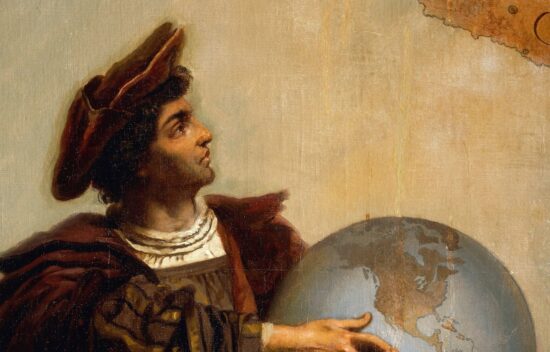Chapter 1: 1491-1607 Inquiry Organizer
Compelling Question: How did the collision of cultures create a “New World”? |
|
Chapter Objectives:
|
| Supporting Question 1: What were the social, political, and economic structures of American peoples before the arrival of Europeans? | Resources:
|
| Supporting Question 2:What motivated and enabled Europeans to begin exploring the globe in the fifteenth and sixteenth centuries? | Resources:
|
| Supporting Question 3: What was the initial contact between Europeans and native peoples like? | Resources:
|
| Supporting Question 4: How did the contact between Europeans and native peoples affect Europe, Africa, and the Americas? | Resources:
|
Additional Resources: |
|
| Unit 1 Essay Activity: How did the collision of cultures create a “New World”?
Option A: Compare and contrast British and Spanish imperial goals in the New World between 1491 and 1763. |
|
Some components of this resource may contain terminology that is no longer used because the terms are recognized to be offensive or derogatory, and some components may contain images that would be considered offensive or derogatory today. These terms and images have been retained in their original usage in order to present them accurately in their historical context for student learning, including understanding why these are not acceptable today.





